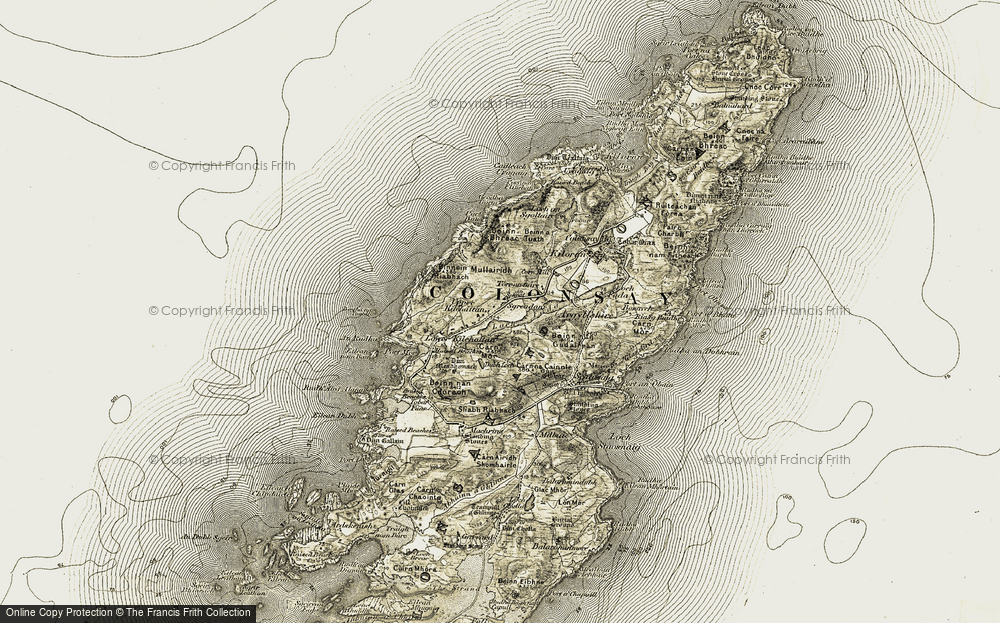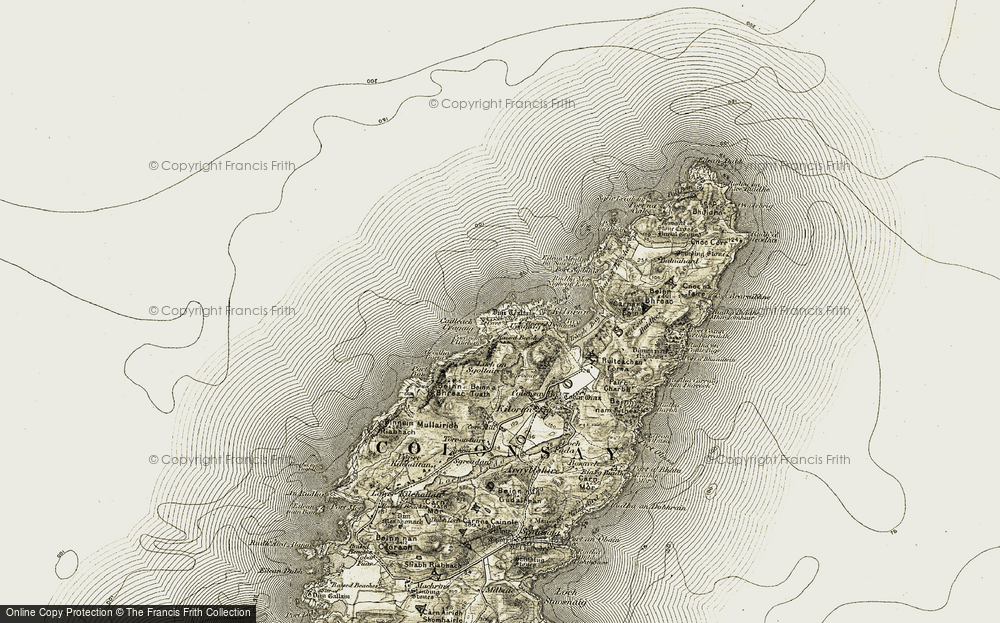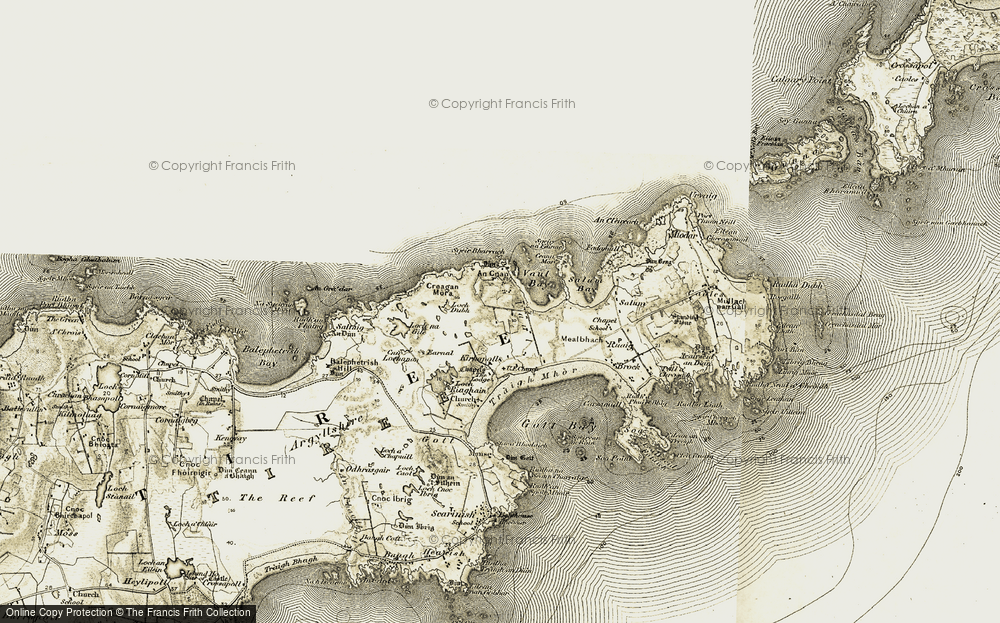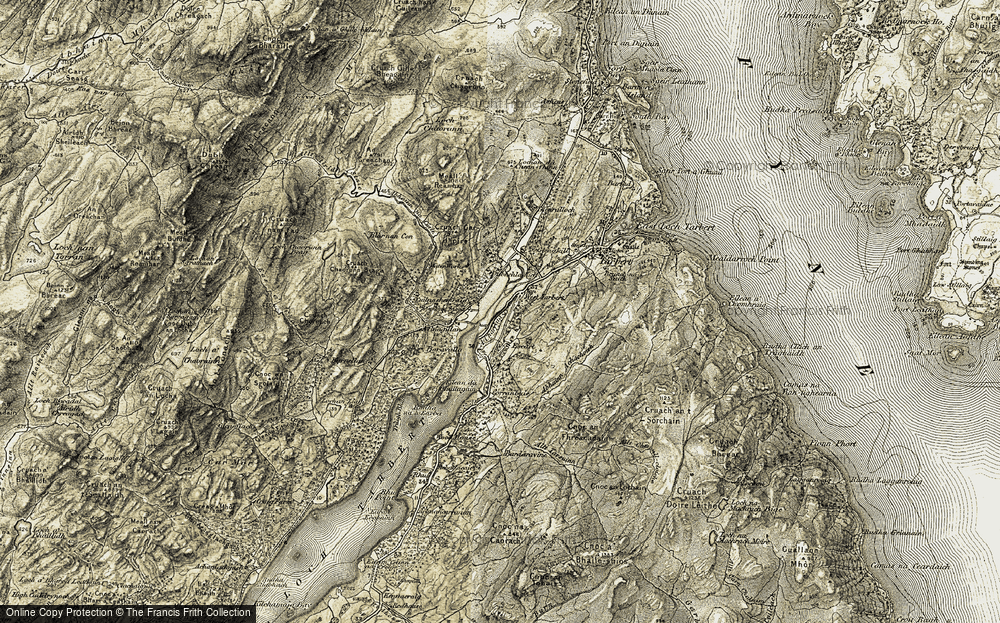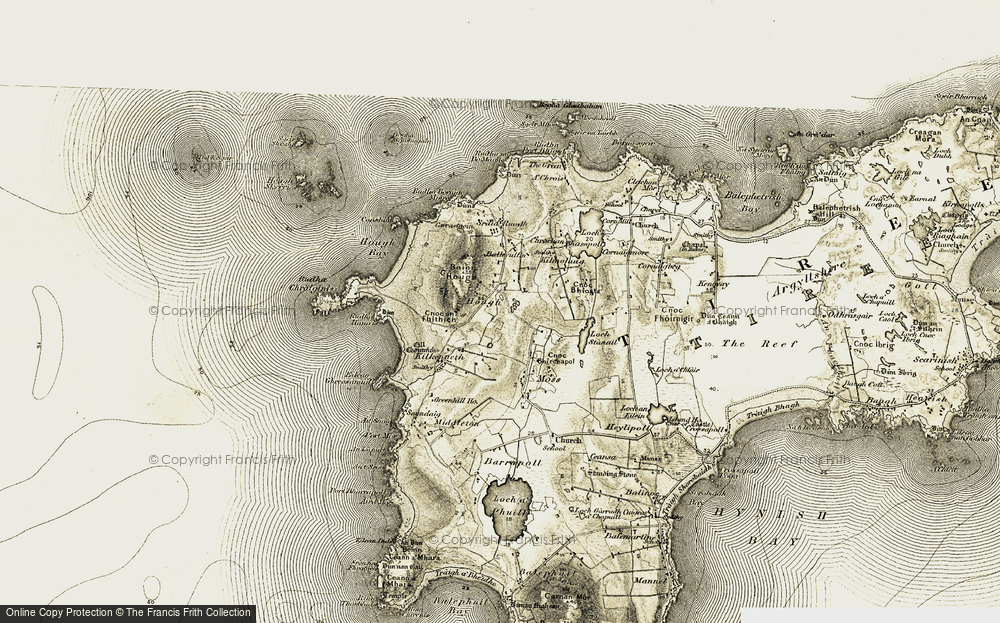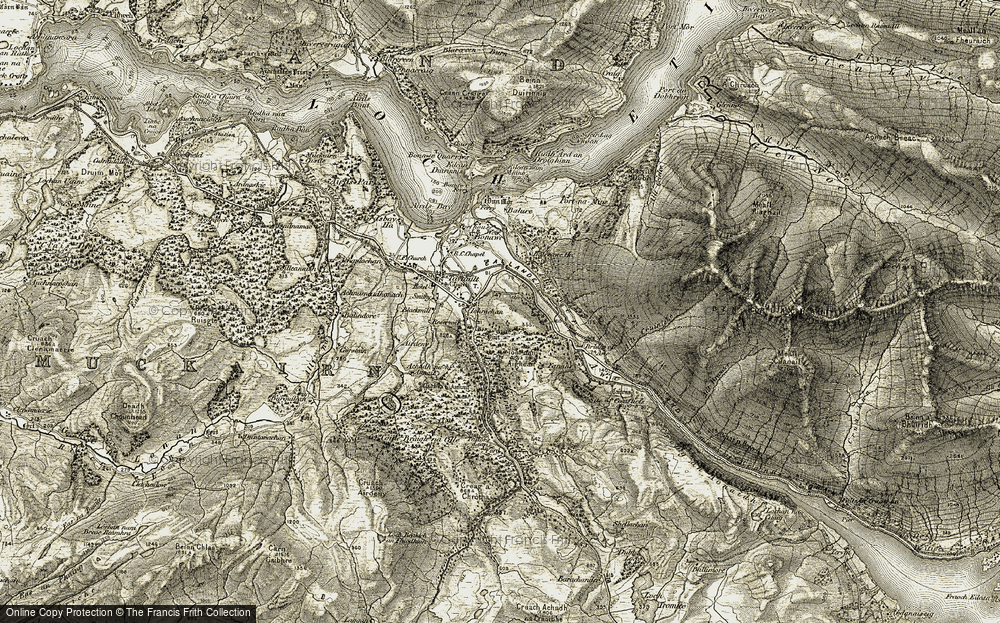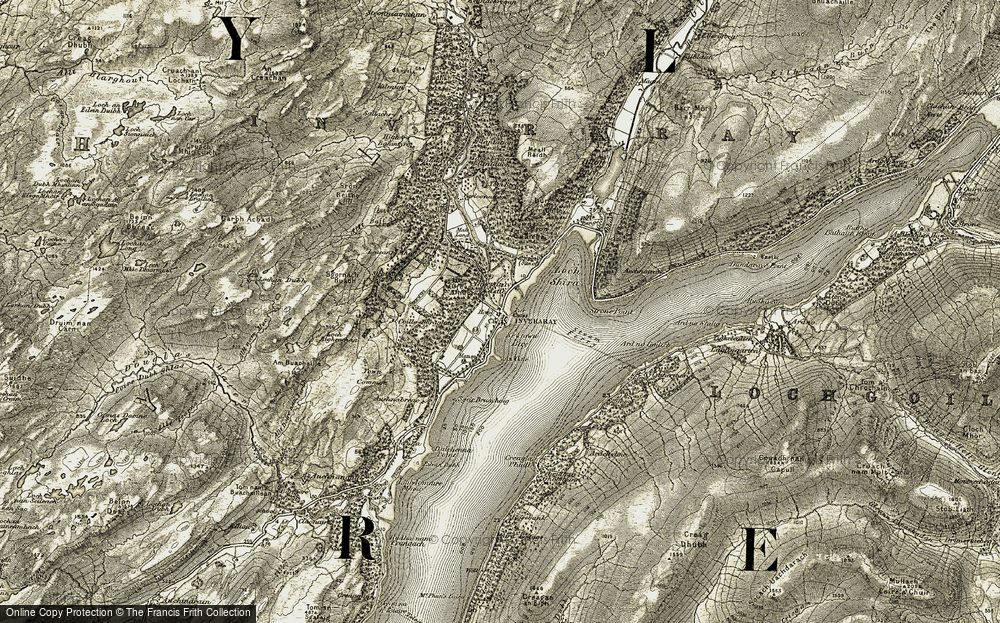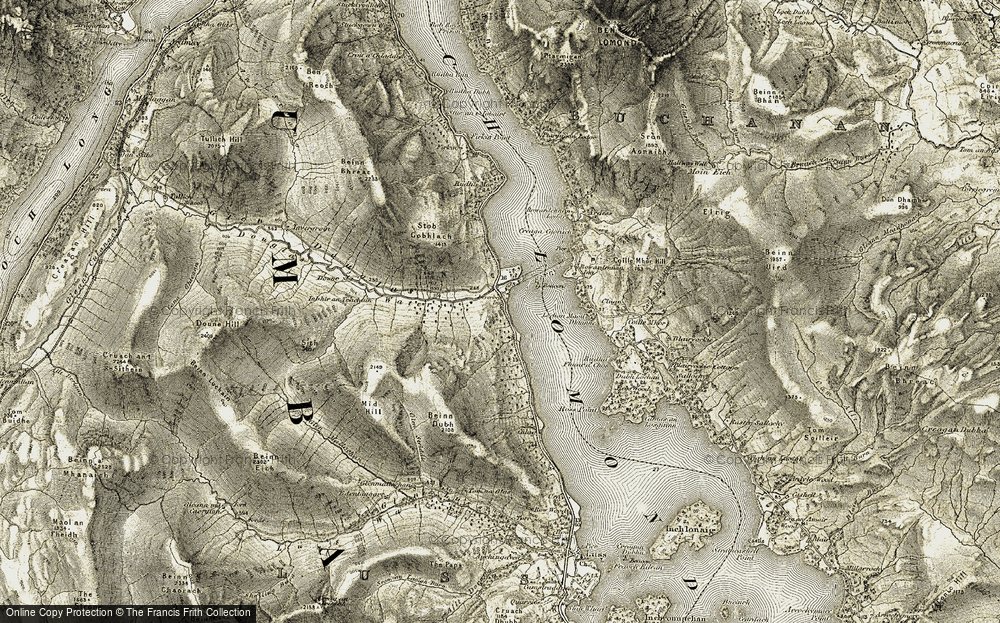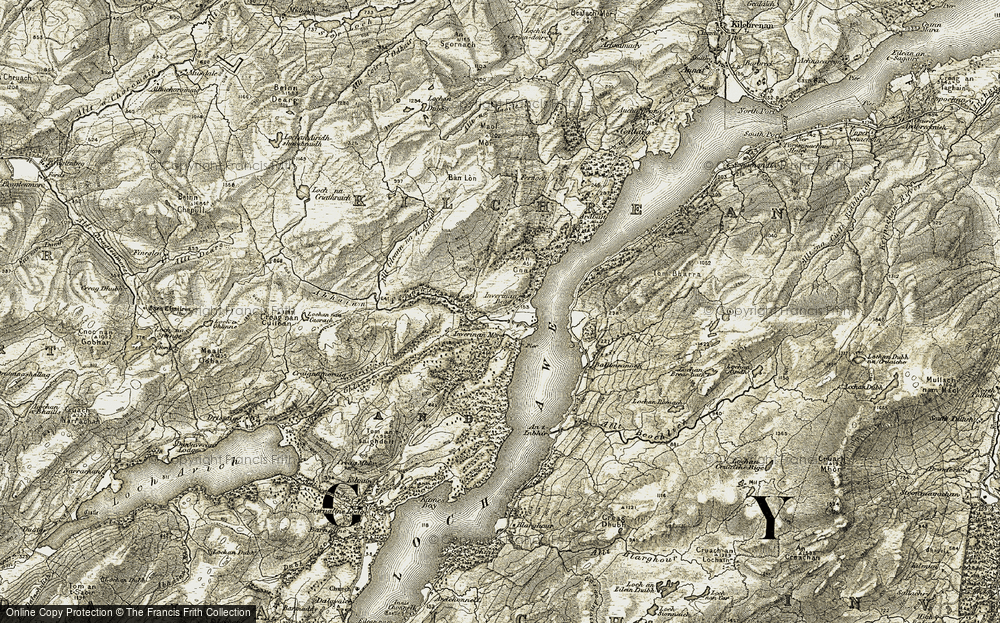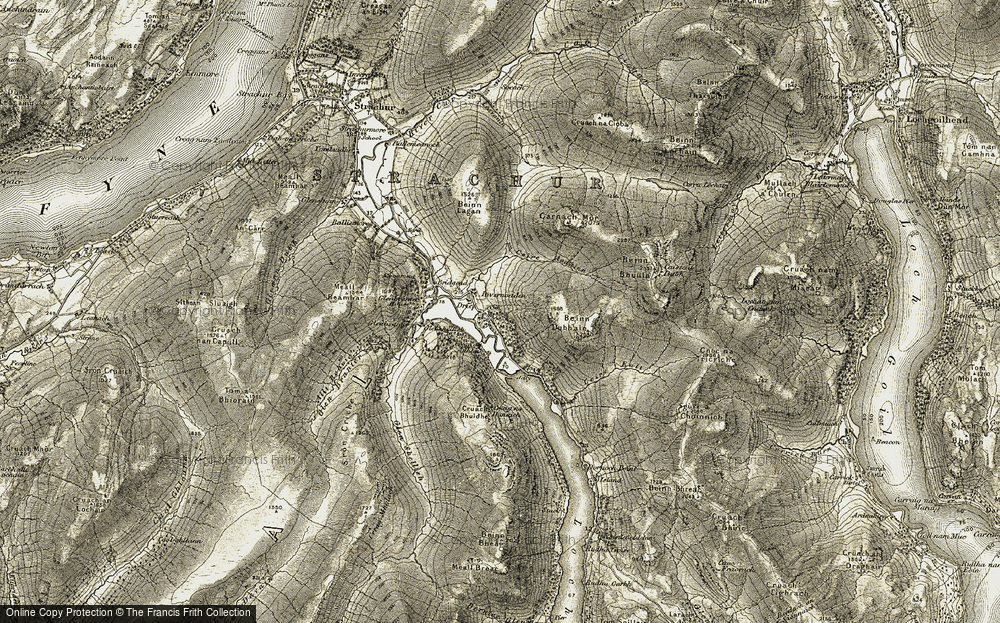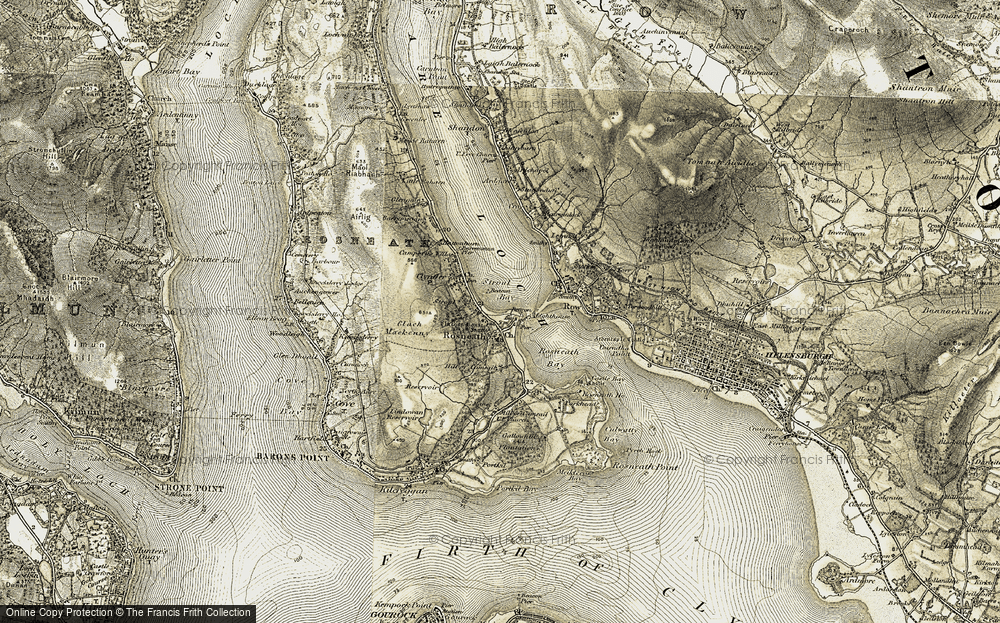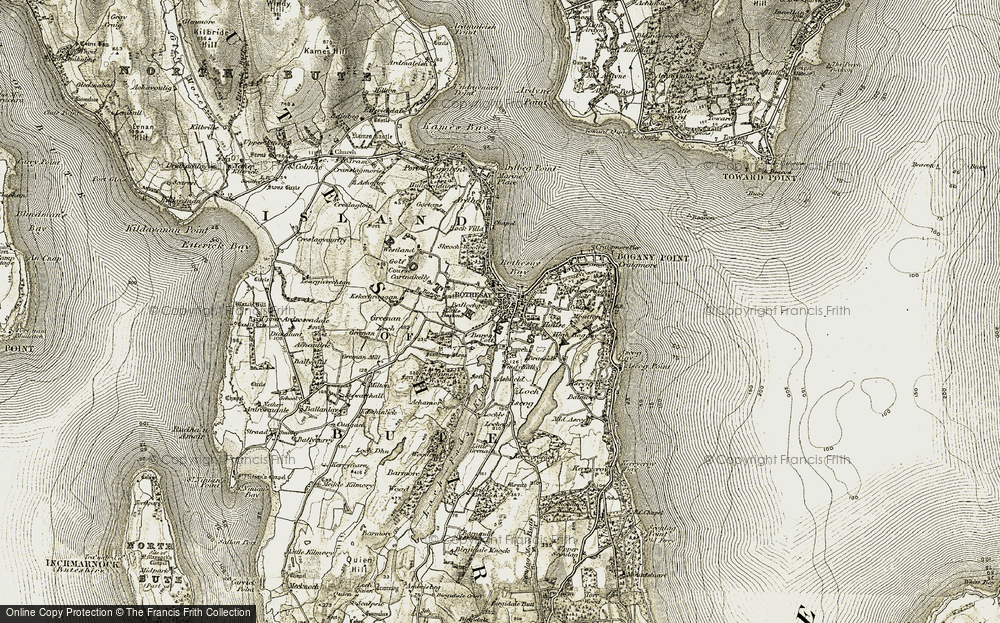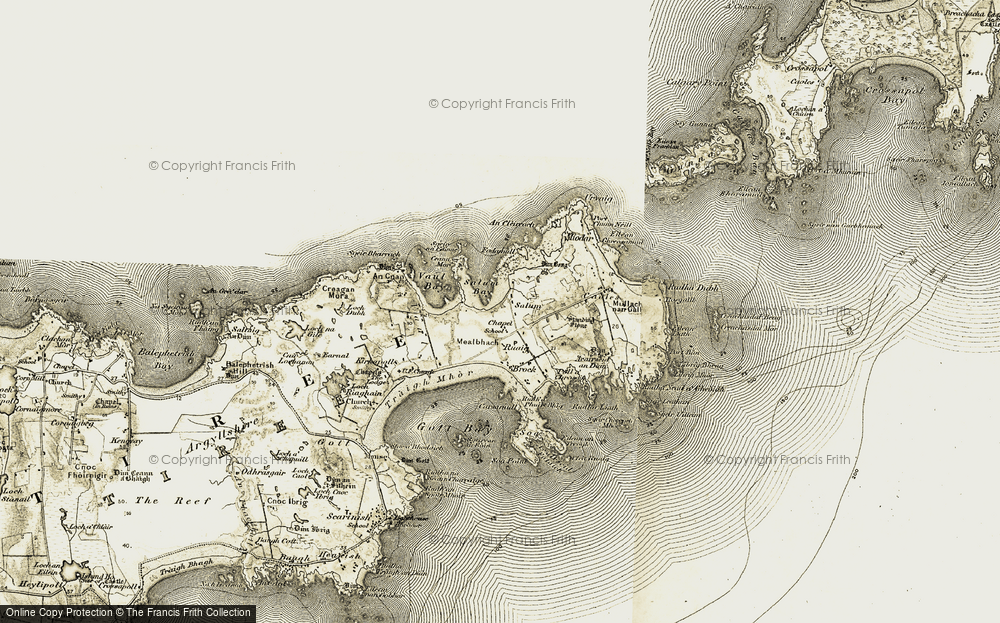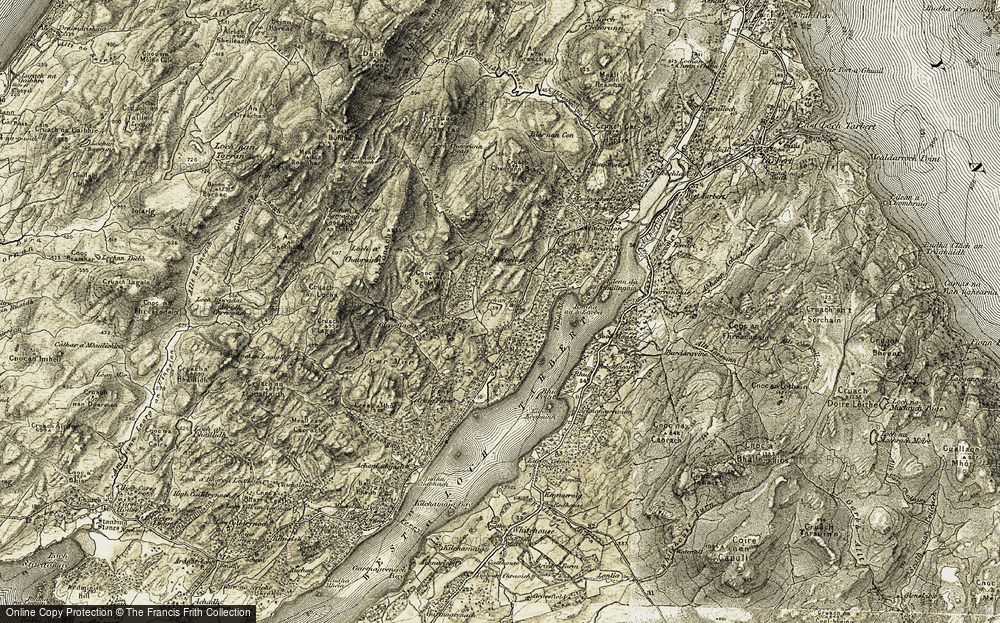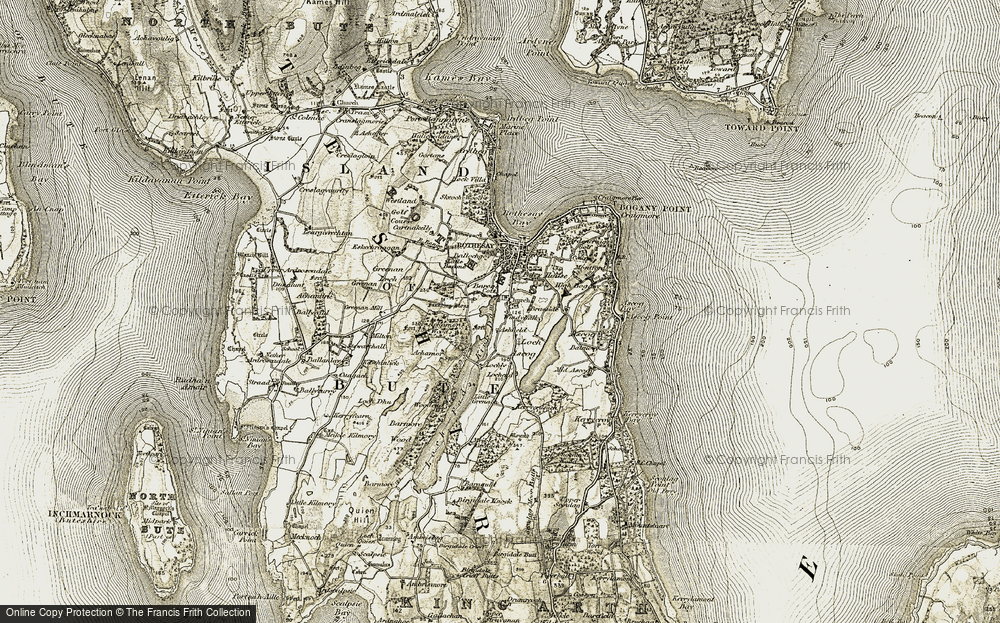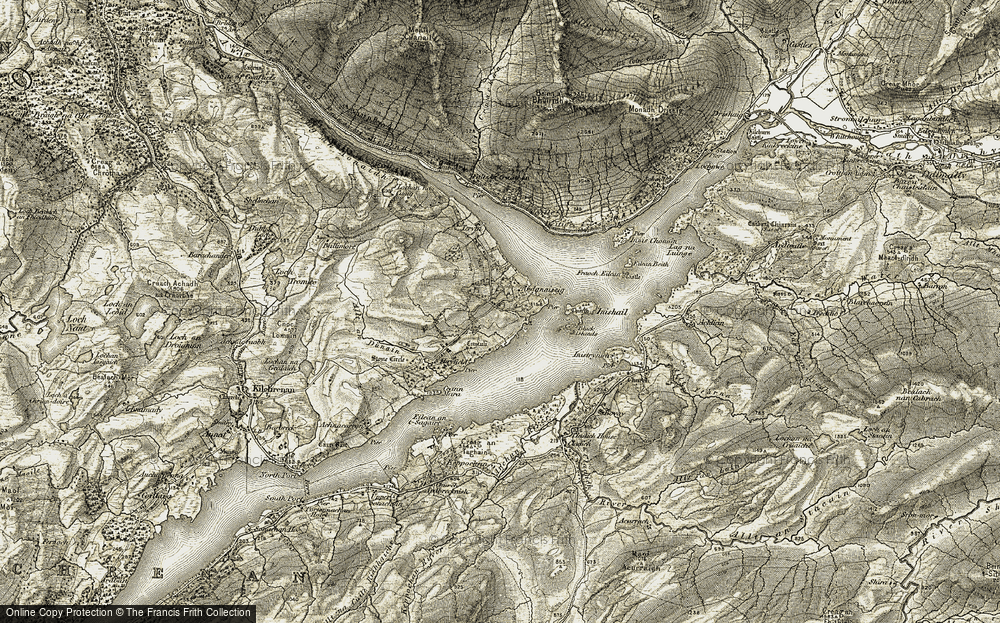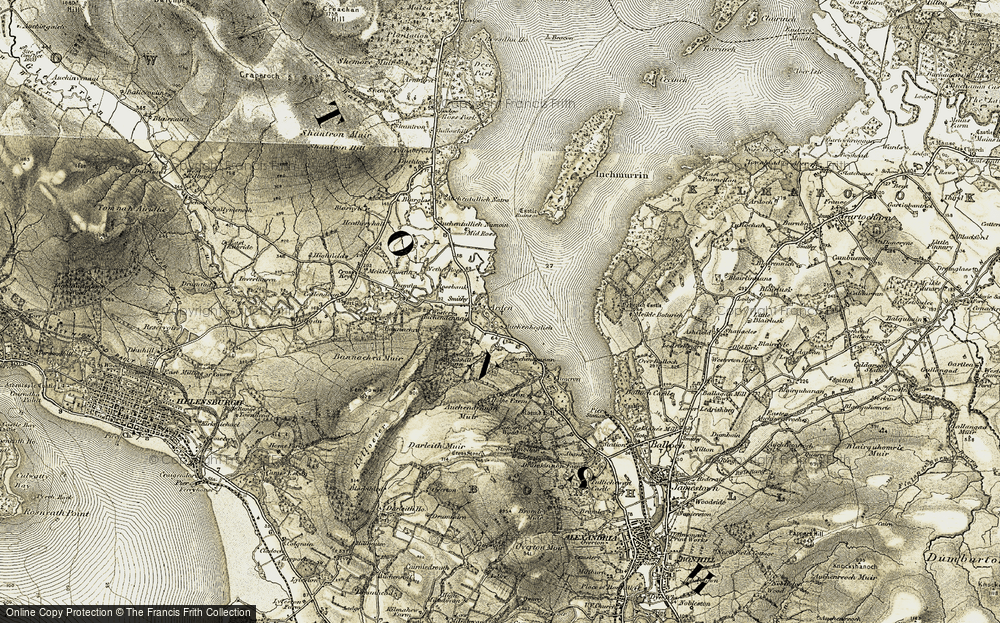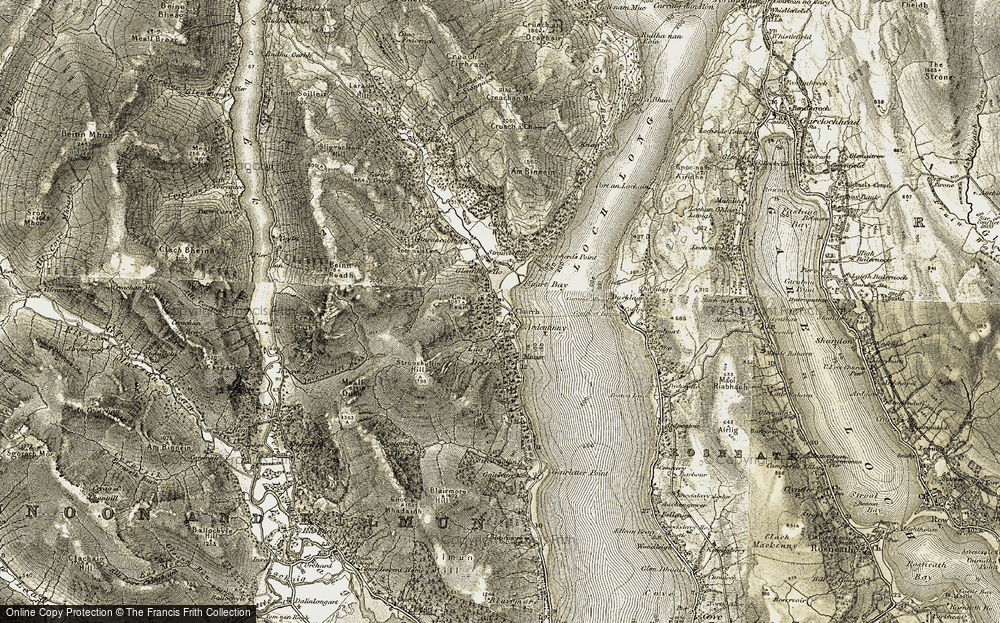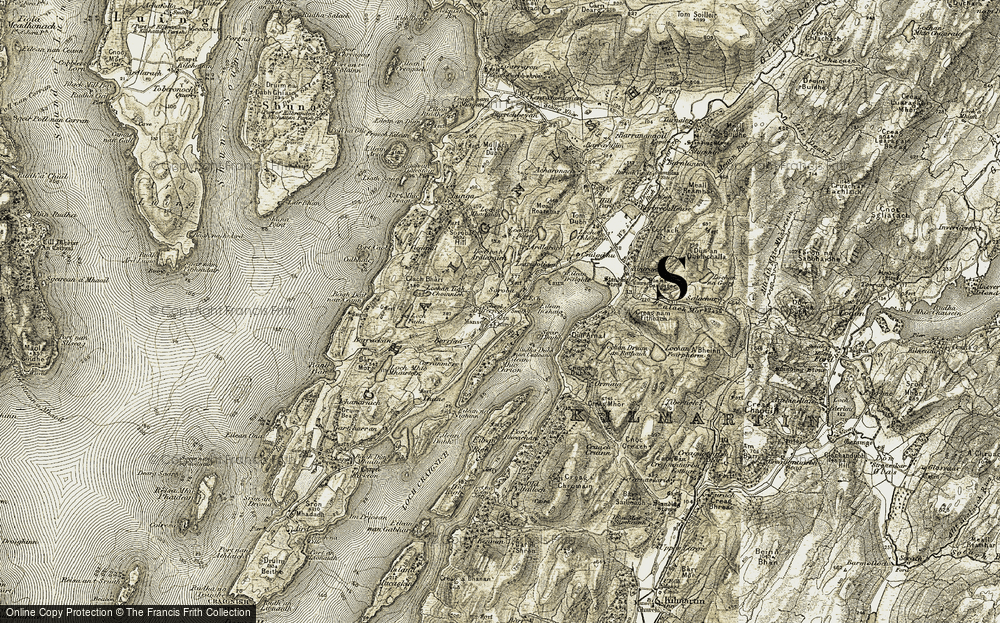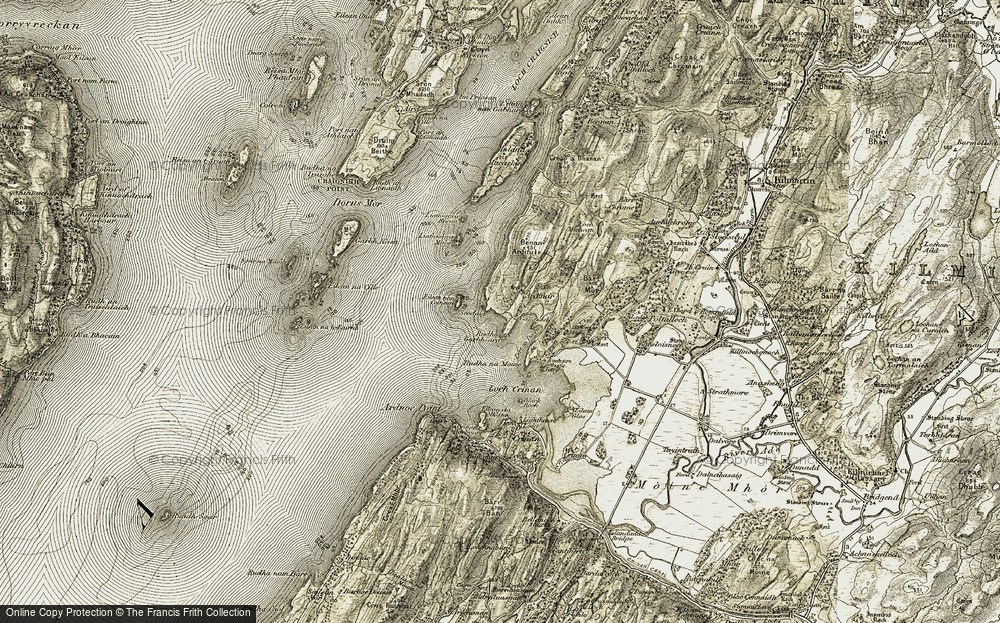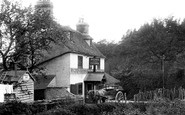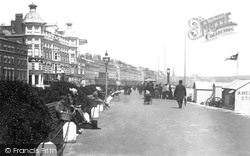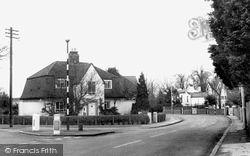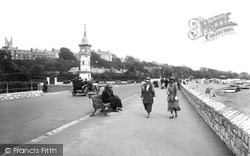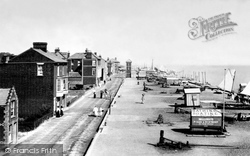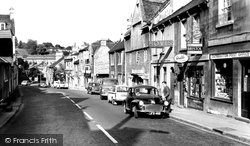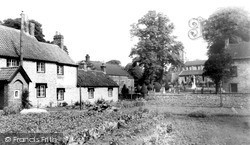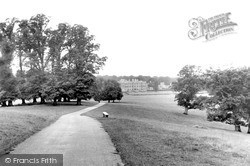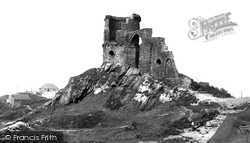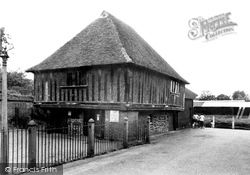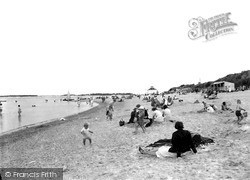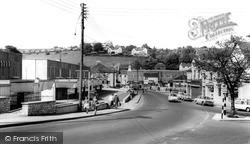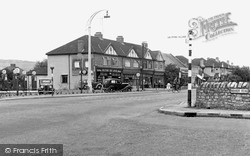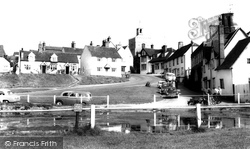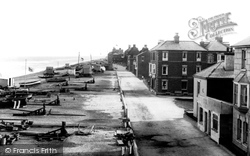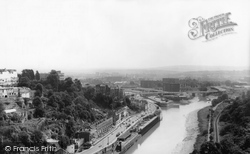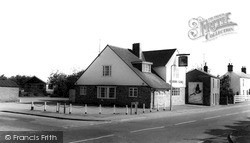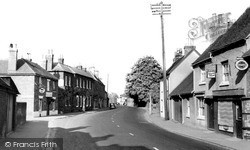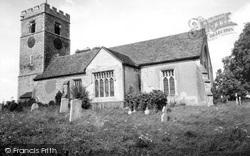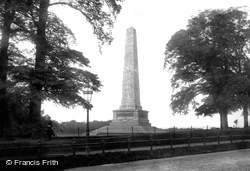Places
Sorry, no places were found that related to your search.
Photos
Sorry, no photos were found that related to your search.
Maps
1,353 maps found.
Books
3 books found. Showing results 385 to 3.
Memories
2,048 memories found. Showing results 161 to 170.
Hewson Street
I grew up in Hewson street, my parents were Peggy and Ernie Gills and we lived in our grandparents house (Meggie and Bill (Scotty) Jackson). I loved a Sunday when all the family would call to see us - the tiny flat would burst ...Read more
A memory of Sheriff Hill in 1968 by
Barkingside Library
The library was adjacent to the swimming baths where I swam regularly. I understand that the glass in the library "beacon" needed to be replaced in favour of heat-deterring glass. But before that happened it could get stifflingly hot!
A memory of Barkingside in 1967
My Grandparents
My grandparents George and Elsie Wood lived on Landells Road for most of their married lives. They had two daughters, my mum Elsie and my auntie Bibby (Vivian). When my parents and I moved to Derby around 1965 (when I was about ...Read more
A memory of Dulwich in 1967 by
Living Above The Shops Thornton St North
We moved to Collyhurst (60 Thornton St North) in 1966/67 and I have always considered myself a Collyhurst girl. I absolutely loved it there and used to play on the railway line at the back of the flats. ...Read more
A memory of Collyhurst in 1967 by
Living In Harold Hill
I lived in 71 Hailsham Road off of Straight Road till we sadly moved in the April of 1971. I always remember; the Grammar School, at the back of Appleby Drive we used to have Saturday fetes with the small steam train ...Read more
A memory of Harold Hill in 1967 by
Great Days
I think it was about 1967, we moved down from Wallasey, Merseyside to number 7 Williams Row, miners cottages at the top of Guest Street. I remember my first day at Fochriw Infants, it was like a whole new beginning, made some new ...Read more
A memory of Fochriw in 1967 by
A Very Fine Pub
A very fine pub, that's if you can find it, in the middle of nowhere, deep inside Perry Wood. It's worth looking for. This used to be the Perry Wood winkle club in the 1960s and 1970s, where you would get your winkle out of your ...Read more
A memory of Perrywood in 1967 by
Heysham Towers Holiday Camp
I remember arriving in Morecambe in 1967, with a mate of mine, to work the Summer at Pontin's in Middleton but, due to a clerical error, our job's were no longer open. So, on the way back to Morecambe, (on the bus), we ...Read more
A memory of Heysham in 1967 by
Cottage Homes Childrens Stamping Ground
I grew up in Merthyr Mawr Road Childrens' Home, named Preswylfa. Candleston and Merthyr Mawr sand dunes, scout's pool, and the dunes were our playground. We loved the old ruins where we would scare ...Read more
A memory of Candleston Castle in 1967 by
Sliding
I remember sliding down the quarry on Markham Road. When I got to the bottom a man gave me a clout for being so daft. I bet he would not get away with it nowadays.
A memory of Aberbargoed in 1967 by
Captions
1,059 captions found. Showing results 385 to 408.
The old tide mill overlooking the quay at Emsworth, once Chichester Harbour's main port and an important centre for the oyster trade.
Weymouth owes its origins as a favourite resort to the patronage of George III and of the rest of fashionable Georgian society, who travelled to the town to take up the new 'cure' of sea bathing.
Dominating its rather mundane surroundings, Holy Rood Church, built between 1883-90, was the inspiration of J F Bentley, later to be the architect of London's Westminster Cathedral, and its brickwork
As with so many towns to the west of London, Cranford lies on the old stagecoach route to the fashionable city of Bath.
We are looking in the opposite direction from 72955 (pages 52-53) along the Esplanade, with the tower of the town church of Holy Trinity to the left of the clock tower.
We are looking north at the North Lookout.
The main road from London follows the Fosse Way here into Bath. Trams, originally horse-drawn, once ran along the same route.
More accurately, this is the rear of Church Street; modern detached houses have been developed in the allotment-style gardens.
Plymouth never quite achieved the status of being a major seaside resort, though tourists have always bathed from its beaches and promenaded across the famous Hoe.
Most of the town's finest buildings are Georgian - the woollen mills and the merchants' houses. Bath stone was used for many of the buildings.
It sits comfortably in 900 acres of landscaped grounds, which were designed by Capability Brown.
Mow Cop could be said to be the birthplace of the Primitive Methodist movement, for it was here in 1807 that Hugh Bourne (1772-1852) and William Clowes (1780-1851) held their first meetings.
Now a National Trust property and open as a museum, this stone, brick and timber building is said to be the smallest town hall in Britain.
Although Wells is a natural seaside resort with a soft sandy beach and shallow sea for bathing, the lookout and lifeboat station in the background mark the possibility of dangers, particularly for those
In the 19th century this area was the centre of a busy coal mining industry.
Saltford's original village lies on a hillside tunnelled underneath by the Great Western Railway.
This must be the best-known view in Essex. Where would manufacturers of calendars be without it?
This view looks south from one of the two lookout towers on the beach.
Clifton became a fashionable spa in the 18th century, and for a time even rivalled Bath.
This public house has changed very little - the white boarding is now black, and the poster for Greene King Harvest Brown Ale has gone.
The village lay on the A4 Bath road, but it is now a by- passed backwater with the roar of the M4 within quarter of a mile. Traffic levels are almost back to those of the 1950s.
St Andrews Church is thought to be the oldest church in Harlow. King Harold was the founder of Waltham Abbey.
This 204ft (63m) high obelisk on the south side of the main road was designed by Robert Smirke and believed to be the highest in the world at the time.
Just a handful of people and two bathing machines can be seen in this late-Victorian photograph of Stokes Bay.
Places (0)
Photos (0)
Memories (2048)
Books (3)
Maps (1353)


